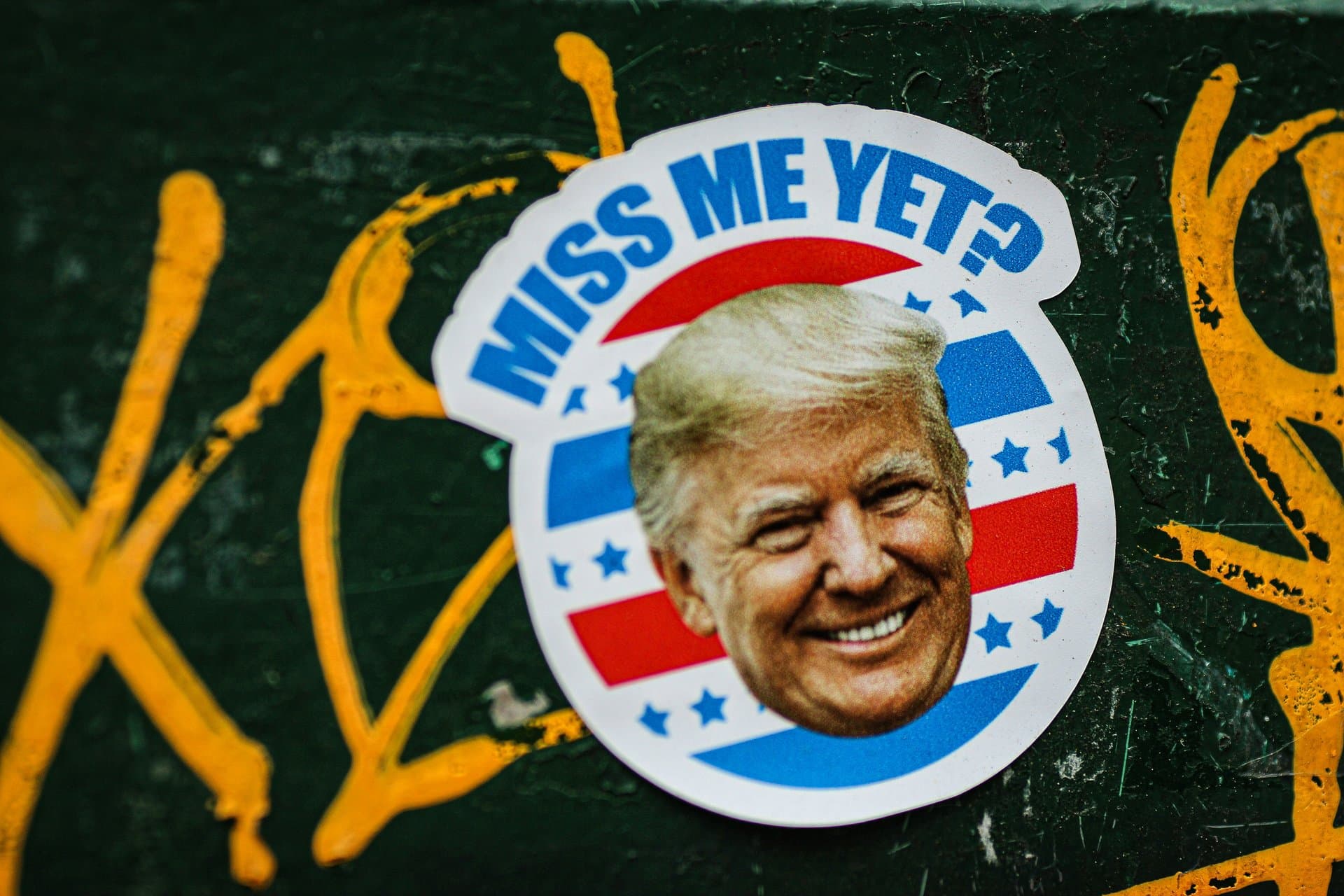Decoding July Jobs Data: Fed’s Rate Cuts vs Trump’s Rigged Claims
Explore how the July jobs report sparked contrasting views between President Trump and Federal Reserve officials, revealing key insights into labor market trends and the case for interest rate cuts.

Key Takeaways
- July jobs growth slowed sharply with 73,000 new jobs added
- Downward revisions cut May and June payrolls by roughly 258,000
- Trump fired BLS Commissioner alleging rigged data without evidence
- Fed officials see data as signs of a cooling labor market
- Market odds favor Fed rate cuts in September amid growth concerns

The July jobs report shook Washington in more ways than one. With only about 73,000 jobs added—far below expectations—and steep downward revisions slicing roughly 258,000 jobs from May and June’s tallies, the data painted a picture of a labor market losing steam. President Donald Trump reacted sharply, firing the Bureau of Labor Statistics (BLS) Commissioner Erika McEntarfer and accusing the agency of rigging numbers. Yet Federal Reserve officials, including Trump appointees, interpreted the same data as a clear signal of economic fragility, bolstering their case for cutting interest rates. This clash between political skepticism and economic prudence reveals much about how data shapes policy and perception. Let’s unpack the July jobs report, the Fed’s response, and what it means for the economy’s next chapter.
Interpreting July Jobs Data
July’s jobs report was a curveball. The Bureau of Labor Statistics (BLS) reported just 73,000 new jobs added, a sharp slowdown from prior months. But the real kicker was the downward revision of May and June payrolls by roughly 258,000 jobs combined. Imagine expecting a full buffet and getting a half-plate instead—that’s how markets and policymakers felt. These revisions aren’t unusual; the BLS updates numbers as more employer data trickles in, refining the picture like a sculptor chiseling details. Yet, the timing and scale of these cuts raised eyebrows and sparked debate.
President Trump’s reaction was swift and dramatic: he fired BLS Commissioner Erika McEntarfer, accusing the agency of rigging the data for political reasons. However, fact-checks found no evidence supporting manipulation claims. The BLS operates with transparent methodologies and internal checks designed to prevent data tampering. So, while the numbers disappointed, they reflect a labor market that’s losing steam rather than a conspiracy. Understanding this distinction is key to grasping the economic narrative unfolding.
Fed’s View on Labor Market Cooling
Federal Reserve officials saw the July jobs data through a different lens. Rather than suspecting foul play, they interpreted the slowdown and revisions as signs of a cooling labor market—a natural brake on inflation and economic overheating. Fed Governor Michelle Bowman, a Trump appointee, highlighted that the report confirmed fragility and reduced dynamism in the labor market. This cooling aligns with the Fed’s goal of disinflation, where slower job growth helps ease price pressures without triggering a recession.
This perspective shifts the narrative from political drama to economic prudence. The Fed’s cautious approach involves cross-checking BLS data with private sources, surveys, and anecdotal evidence from businesses nationwide. St. Louis Fed President Alberto Musalem emphasized their ‘impressionistic view’ of the economy, blending numbers with real-world interactions. This multi-angle scrutiny reassures markets that policy decisions rest on solid ground, not just headline figures.
Why Payroll Revisions Matter
Payroll revisions often get overlooked but are crucial to understanding labor market trends. The BLS’s monthly payroll numbers come from large surveys subject to sampling error and delayed employer responses. As more data arrives, the agency revises prior months’ figures to improve accuracy—think of it as updating a weather forecast with new satellite images. In July’s case, the revisions cut May and June job growth by about 258,000, a significant adjustment signaling that earlier optimism was premature.
These revisions aren’t political tricks; they’re standard practice. They help policymakers and investors avoid chasing false signals. Minneapolis Fed President Neel Kashkari pointed out that faking economic data would fail because real-world hiring and inflation trends are visible to everyone. The revisions remind us that economic data is a living story, evolving as fresh facts emerge.
Market Reaction and Rate Cut Odds
The weak July jobs data sent ripples through financial markets, triggering risk-off moves as investors digested the implications. When job growth slows and revisions trim prior gains, it raises concerns about economic momentum. This backdrop typically nudges the Federal Reserve toward easing monetary policy to support growth. Indeed, investors now price in more than an 85% probability of a rate cut at the Fed’s September 16-17 meeting.
This shift contrasts with earlier Fed focus on inflation risks, showing how labor market signals can pivot policy expectations. Yet, the Fed remains data-dependent, awaiting upcoming inflation and employment reports before acting. The irony? These decisions hinge on BLS data that President Trump has publicly questioned. Still, the Fed’s layered approach to data validation ensures that policy moves rest on a broad, reliable foundation rather than a single report.
Safeguarding Data Integrity
The Bureau of Labor Statistics stands as a pillar of statistical integrity, with transparent methodologies and Senate-confirmed leadership. Despite political noise, the agency’s processes include dense internal checks and routine revisions to ensure accuracy. President Trump’s appointment of E.J. Antoni as the new commissioner will be closely watched, given the role’s influence on data that shapes interest rates, stock prices, and political fortunes.
Fed officials supplement BLS data with private sources, administrative records, and surveys to cross-verify economic trends. This multi-source approach acts like a financial fact-checker, preventing any single dataset from unduly swaying policy. As Minneapolis Fed President Kashkari noted, economic reality can’t be faked—companies either hire or they don’t, and Americans feel the economy’s pulse firsthand. This robust ecosystem of data safeguards helps maintain trust in the numbers that guide critical decisions.
Long Story Short
The July jobs report and its revisions tell a story of a labor market slowing down, not a rigged narrative. While President Trump’s accusations stirred political drama, Federal Reserve officials leaned on the data’s integrity and broader economic signals to justify potential rate cuts aimed at sustaining growth. The BLS’s rigorous processes and multiple data cross-checks reinforce confidence in the numbers, even amid revisions. For investors and everyday Americans alike, understanding this dynamic helps separate fact from fiction in economic debates. As the Fed eyes September’s meeting with an 85% chance of easing policy, the labor market’s subtle shifts remind us that economic reality isn’t easily faked. Staying informed and skeptical of oversimplified claims empowers us to navigate the financial landscape with clarity and calm.